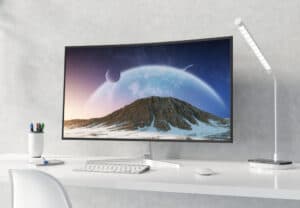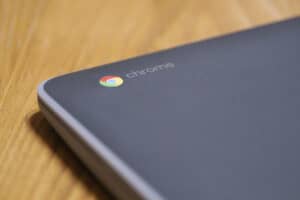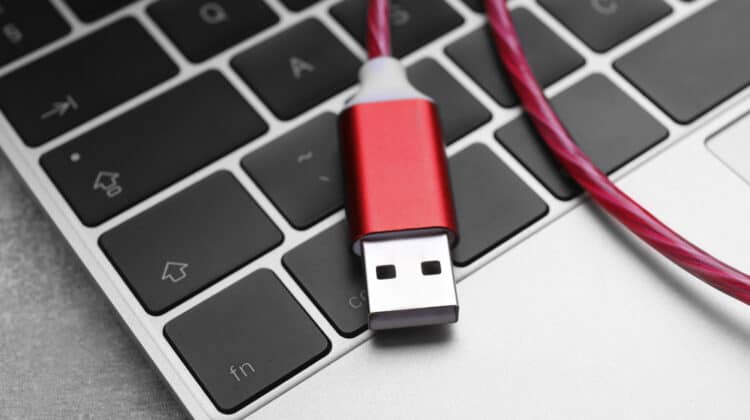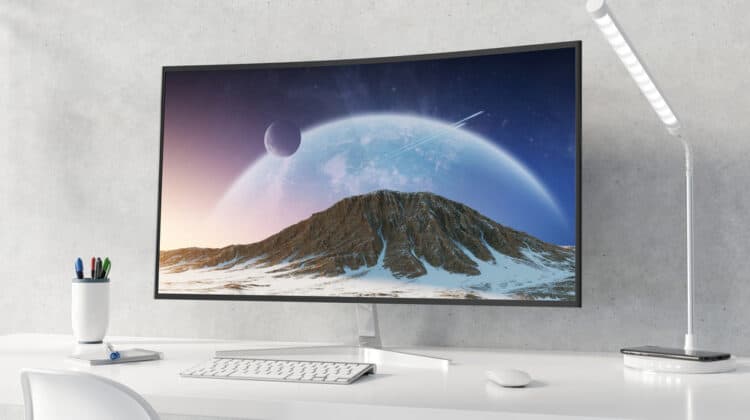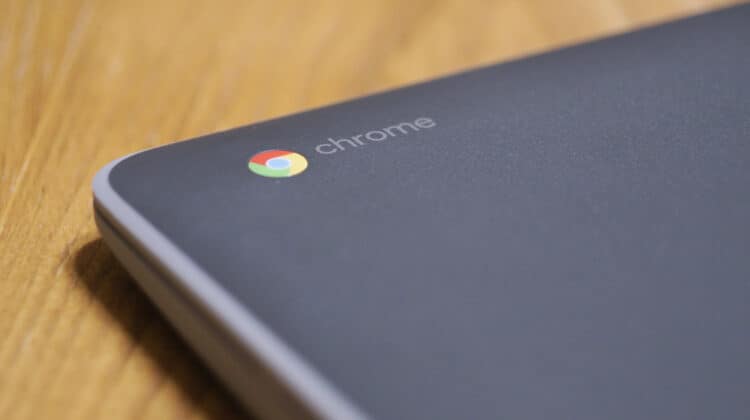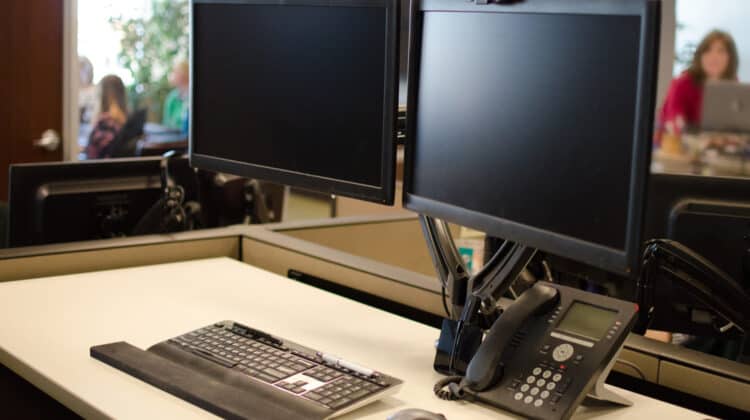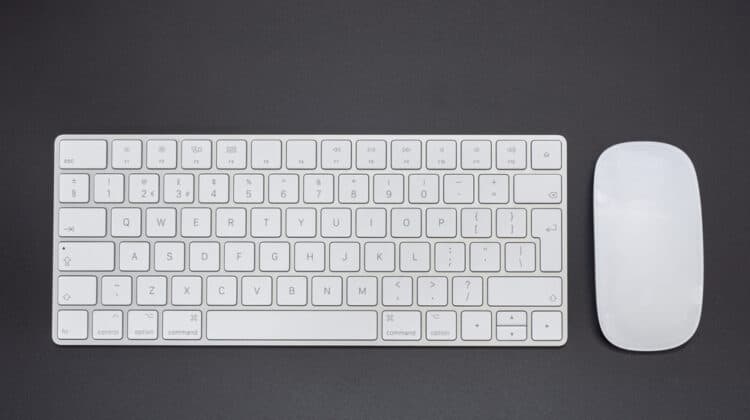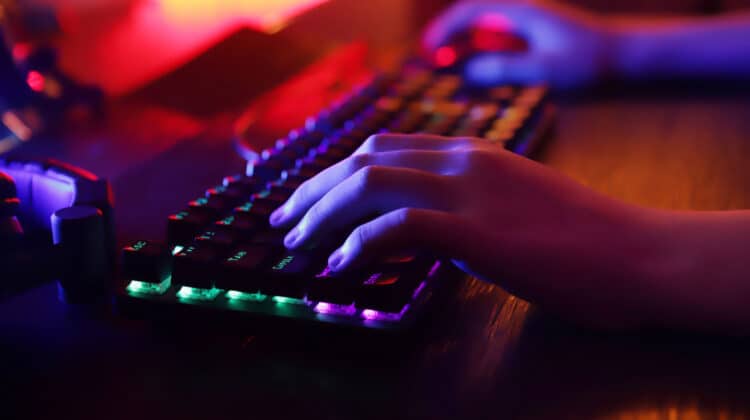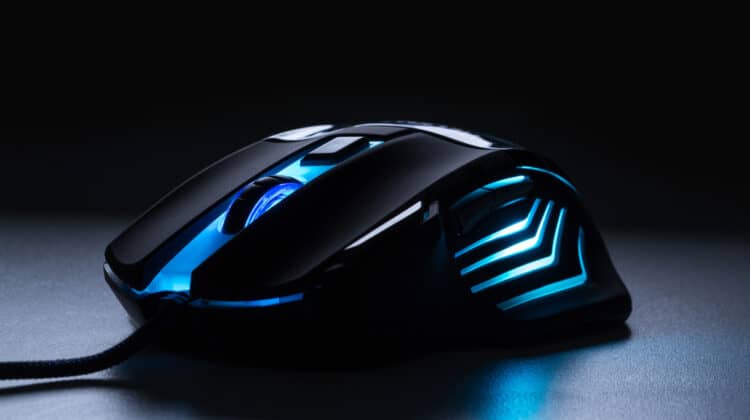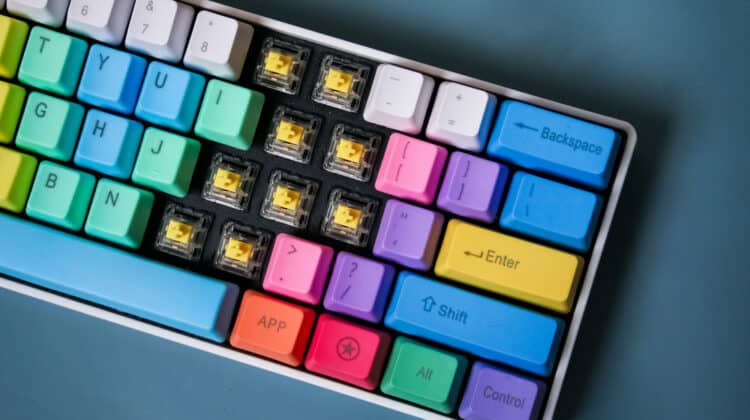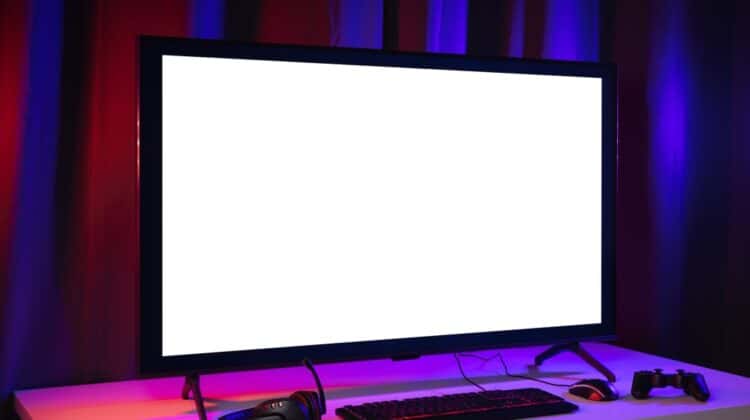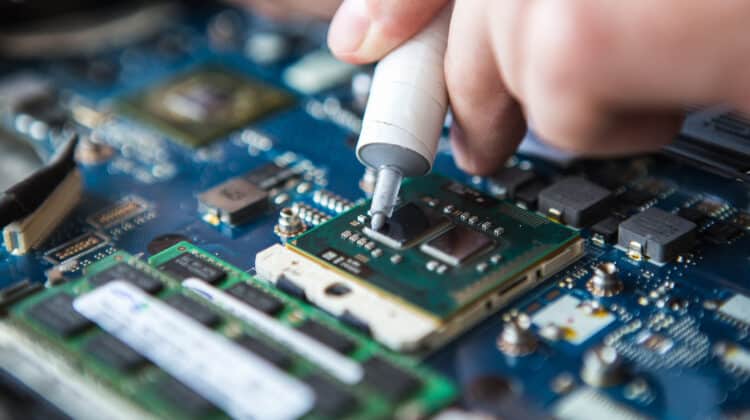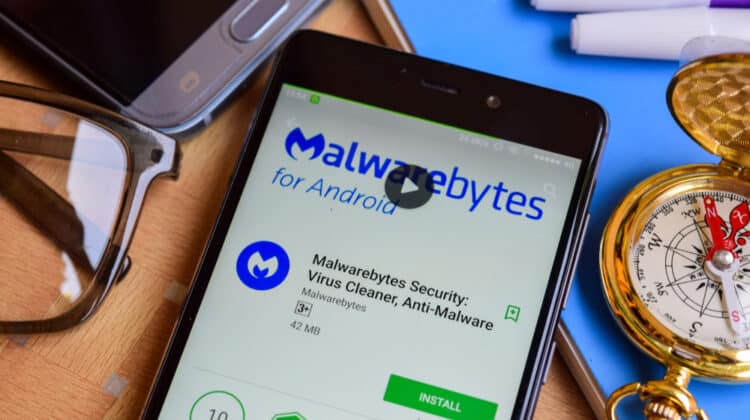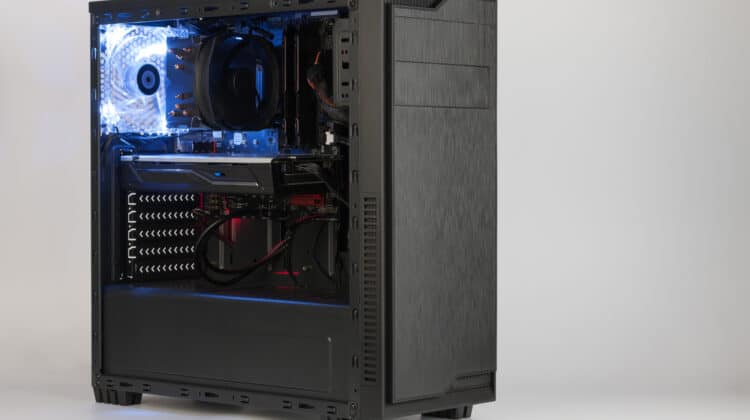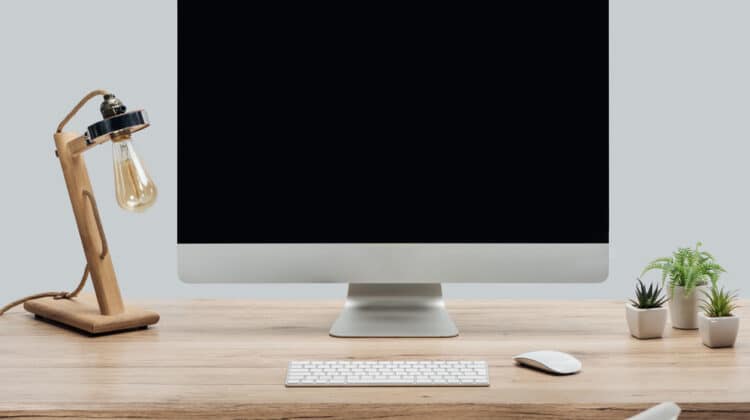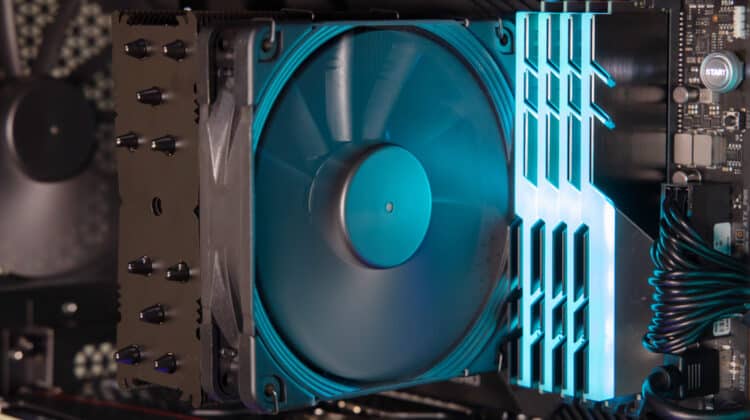
Are you having trouble connecting your PC to the monitor?
Generally, it’s a straightforward process you can do in a few minutes by attaching some cables.
However, for different reasons, you may get no HDMI signal with both new and old PCs and displays.
Check out this guide for a comprehensive list of possible causes and fixes.
PC HDMI No Signal (Causes, Fixes)

When you see the “No HDMI signal” message on your computer screen, you may be too confused or stressed to consider basic factors.
In most cases, there’s nothing wrong with your settings or connections, but you’ve failed to check the factors hiding in plain sight.
If your computer is off or in sleep mode, it can’t send signals to the monitor.
You should first check whether the computer is on by examining its indicator lights.
Move the mouse or press a key to wake the PC up if it’s in sleep mode.
Then, you can move on to other solutions.
1. Faulty Cables, Ports, And Connections

HDMI connections are physical and wired, so any problem along the length of these wires can cause the “No HDMI signal” issue.
The ports and cables need to make full contact for the signals to reach the display without interruption.
Therefore, you should ensure the cable is fully inserted into the port.
Even if the cable is new, you can’t be sure it isn’t faulty.
Make sure the connections are okay by checking and doing the following.
A. Check The Cables
Inspecting the cables is one of the first things you should do to ensure signal transfer isn’t interrupted.
Use your fingers to feel for damage or bends that you may not notice by examining them visually.
Also, check for physical damage inside the ports and look for bent or broken pins.
If the cable ports are damaged, you should replace the cable, but if the device ports are faulty, you need to take the PC for a repair.
B. Clean HDMI Ports
The HDMI ports on the PC and monitor may have been clogged by dirt or dust, preventing the connector pins from making full contact with the HDMI cable.
If you see dust buildup inside the ports, clean them with canned air.
Be careful not to damage the connector pins while cleaning the ports.
C. Switch HDMI Ports
If your devices have more than one HDMI port, plug your cable into a different port and see if it helps.
The HDMI connections for dedicated and integrated graphics cards differ for desktop PCs.
If you have an external graphics card, check if the HDMI cable goes directly into its port.
It’s located on the back of the case in the PCIe slots.
Your integrated graphics card port is connected to the motherboard and is above the PCIe slots.
D. Try Other Cables
If you can’t find any visible damage in the cables, the internal wiring may have issues.
The only way to ensure is to use another cable you know is working.
If you don’t have another HDMI cable, connect two other devices using your cable.
Your cable is faulty if you don’t get a signal with the new devices.
Otherwise, your PC or monitor will have issues.
E. Try Other Connections
Another way to narrow down the issue is to connect your PC to the display using another connection type.
Modern computers and displays have several connection types, including DisplayPort or DVI.
Your monitor is faulty if you don’t get any images with other ports.
F. Use Direct Connections
If you use HDMI hubs or adapters, they may be faulty and interfere with the signal transfer.
Therefore, it’s recommended to connect your devices directly through a single HDMI port.
If that’s not possible, try changing the hub or adapter and see if it helps.
G. Check The Cable Length
HDMI cables have recommended sizes depending on their type.
Regardless, the longer the cable, the slower the data transfer.
Try a shorter cable if you can, and see if that helps.
H. Disconnect Other Cables
If you have several HDMI cables connected to the same device, you may experience interruption.
Disconnect all other cables and leave the one from the PC to the monitor.
2. Temporary Glitches And Wrong Configuration

Connecting the HDMI cable while the PC is on can prevent the system from recognizing the new device due to temporary glitches.
However, you can easily eliminate and prevent them.
Turn off your computer and the monitor, disconnect and reconnect the HDMI cable and turn on the devices one after the other.
The boot sequence can also affect the signal transfer.
It refers to the order in which you turn on your devices.
This solution has worked for me because I get an HDMI signal only when I turn on the devices in a certain order.
First, I connect the HDMI cable to the PC and then to the TV.
Next, I turn on the TV.
I don’t get a signal when I connect the cable to the TV when it’s on.
It’s not a simple ritual that may or may not work by accident.
There’s a technical reason behind that.
The order by which you connect the devices can affect the handshake (the process of identifying and recognizing devices) between them.
3. Wrong Monitor And PC Settings

The monitor or TV should have the right display settings matching the connection type.
Depending on the display, you may need to tweak different settings.
You may experience these issues because the operating system can’t load the images correctly.
Note. The solutions that involve tweaking system settings require a working screen to give you access to the user interface.
You should connect your display through a different connection type, such as DVI.
After adjusting the settings, try the new connection with the HDMI cable.
A. Wrong Project Settings
For a PC monitor, you can resolve this issue through Project settings, which you can enter by pressing Windows + P together.
The Project panel will show you four options: PC screen Only, Duplicate, Extend, and Second screen only.
You can cycle through these settings, choosing one at a time, and see if it helps get the signal back.
You must choose the right setting if you have a setup other than a basic setup involving a PC case and monitor.
The basic setting is the Computer screen only.
However, if you want two screens to display the same images on both displays, you need the Duplicate option.
The Extend option will extend the image between the two monitors.
And the Second screen only will deactivate the first display (like your laptop monitor) and shows the image only on the second monitor.
B. Wrong Input Settings
If you’re connecting your PC to a TV, you may need to tweak the display settings on the TV, too.
You may have connected the PC to the TV via an HDMI cable that’s working fine, but the TV settings aren’t adjusted accordingly.
You can check this through the Input menu.
Each TV may have different buttons on the remote control to access the input menu.
Press the button, cycle through different inputs, and see if it helps.
C. Display Settings For Multiple Screens
Connecting a laptop to an external display or hooking up a PC to two or more monitors requires adjusting extra settings, although the system can detect them automatically.
Older devices may need extra help to connect to the PC as they may have trouble connecting automatically.
Click a blank space on your desktop to access these settings and select Display settings.
Click Detect under Multiple displays.
The system will search for connected devices and adjusts the required settings.
D. Screen Resolution
Dedicated graphics cards can cause various incompatibility issues if you don’t adjust their settings correctly.
One of the most important settings is screen resolution, which has to support the resolution set by the graphics card.
Suppose your screen’s native resolution is lower than the graphics card’s.
In that case, the screen can’t handle a higher resolution, and you won’t get any signal.
To set the resolution, go to Display Settings by clicking a blank space on the desktop.
Expand the menu under Display settings and select the recommended resolution.
Changing another setting in the same menu can also help.
Click Advanced display settings and find Refresh rate.
Expand the dropdown menu and set it to 60,000 Hz.
You can adjust your display resolution and refresh rates through your dedicated graphics card’s control panel.
For Nvidia graphics cards, right-click a blank space on the desktop and select the first option, Nvidia Control Panel.
Go to Display and select Change resolution.
If you have different connection types, select HDMI and then expand the dropdown menu under Resolution.
Make sure the selected resolution is the same as what you selected in your Display settings.
Click Apply to save changes.
For an AMD graphics card, go to the AMD Catalyst Control Center and click Desktop Management > Desktop Properties.
You can adjust the Refresh rate and Screen resolution by selecting among the values in the menu.
4. Outdated Drivers And Firmware

You should always have the latest graphics card drivers to ensure the hardware and software can interact without issues.
Outdated drivers may contain bugs that prevent devices from connecting effectively.
To update your graphics card drivers, go to the Device Manager, find your graphics card, right-click it, and select Update driver.
Disabling and enabling the graphics card can also help remove unknown glitches developed inside the graphics card software.
You can access it through the same steps mentioned above.
Instead of Update driver, you should select Disable device and enable it again.
You may also want to update the monitor’s drivers through the same steps.
If your display is a TV, you must update its firmware via its settings.
For an older display, you may need to update its firmware through different methods.
Check the user manual or search your display model online to see how you can update its firmware.
While updating stuff, you may want to ensure you have installed all the recommended Windows updates.
These regular Windows updates make sure your system runs smoothly and bug-free.
Your display may have no HDMI signal because of unknown bugs inside the operating system, only fixable through these Microsoft quality updates.
Go to Settings > Update & Security and install available updates.
Click Check for updates and then View optional updates to install everything available.
Follow the on-screen prompts and restart your computer to see if your issue has been resolved.
5. Faulty Computer Hardware

One of the main causes of incompatible display connections is the faulty hardware inside your system.
Dedicated graphics cards and RAM sticks are among the most common causes.
Ensure these components are firmly inserted into their slots by reseating them.
You may want to run different troubleshooting processes to ensure they’re operational and don’t cause secondary issues with other hardware.
6. Run A Troubleshooter

The Windows built-in troubleshooter is a helpful tool that comes in handy when you can’t detect the root cause and solve the issue on your own.
It automatically looks for faults with different system parts, including software and hardware, and fixes them.
If it can’t fix them automatically, it will suggest possible solutions.
To access the Troubleshooter, enter Settings by pressing the Windows key and I together.
Click Update & Security and select Troubleshoot from the left panel.
Click on the Advanced troubleshooting option and select the area you want to troubleshoot.
Click the Run the troubleshooter button and let the system detect the issue.
Follow the on-screen prompts to fix the problem.
7. Run A Virus Scan

If your system doesn’t have robust antivirus software, it’s vulnerable to all kinds of threats.
Your system may get infected despite reliable protection if you don’t practice cyber hygiene.
And since viruses and malware can cause various issues within different system components, you can consider them a possibility.
Run a system scan through Windows Defender or any reliable third-party antivirus and see if it helps.
8. Last-Resort Solutions

If none of the above solutions work, you can try some other fixes as a last resort.
These solutions involve resetting your devices, so you may lose some of your settings and data.
Therefore, you should only try them if nothing has helped you get the signal on your screen.
A. Roll Back To Previous Updates
Keeping your devices and drivers updated is a great way to ensure all system components run smoothly.
However, these updates can introduce bugs that interfere with some system operations, which you can’t fix.
You have to wait for future updates until Microsoft can address these issues.
Until then, you can roll back your device to the previous update.
The good thing about update rollbacks is that you can undo them by reinstalling the latest updates if they don’t work.
To roll back your driver updates, go to Device Manager and click on Display adapters.
Right-click your graphics card (or monitor) and go to Properties.
Go to the Drivers tab and click Roll back driver.
If it doesn’t work, you should reinstall the updated drivers.
B. Uninstall Windows Updates
In some cases, a recent Windows update may be the root cause behind your no HDMI signal issue.
You can uninstall the update and see if it helps.
Go to Settings > Update & Security > Windows update > View Updates history > Uninstall updates.
You can identify the problematic update by checking the dates if you remember when the issue started.
If you don’t remember, start with the most recent updates.
Click the update and select Uninstall.
You may need to restart your computer and check if your HDMI connection works.
C. Do A System Restore
If rolling back to the previous updates doesn’t work, you can go back to an older version of Windows.
However, this option is only available if you’ve already set restore points.
To restore your system, go to Settings > Update & Security > Windows Update > View update history > Recovery options.
If you have a restore point, you can see the option for Go back to the previous version of Windows enabled.
Using this option, you won’t lose your data or files.
It only goes back to the previous good state.
D. Factory Reset Your TV
Early in the troubleshooting process, you may realize that the main culprit is the TV, not the PC or connections.
You can ensure this by connecting your PC to another display and seeing if it works.
If that is the case, performing a factory reset is one of the viable options.
Depending on your device, you may need different options to reset the TV.
Some devices may never allow you to use this option.
Consult your TV’s user manual and see how you can reset it.
A factory reset will erase all user-altered settings, so if you have any passwords saved on your smart TV, save them somewhere else.
E. Uninstall Problematic Apps
If your HDMI connection has stopped working after installing a new application, that could be a likely cause.
Some apps may cause incompatibility issues with your system hardware and software, messing with their normal operation.
Uninstall the problematic app and see if it helps.
Fortunately, you can reinstall it if the issue persists.
F. Reset The CMOS Battery
The CMOS battery powers your BIOS, which keeps essential data for bootup and data configuration.
If you experience hardware compatibility issues, such as no HDMI signal, you can try resetting it.
Depending on your PC, you may need to use different ways to reset the BIOS.
Some desktop PCs have a reset button on the back of the case that you can press to reset the CMOS.
In other devices, you need to open the case, find the battery, and remove it.
If you have a laptop PC, your best bet is to use the BIOS menu.
Check out this video to see how you can reset the CMOS battery:
NEXT: How Often Should I Clean My PC? (Explained)
